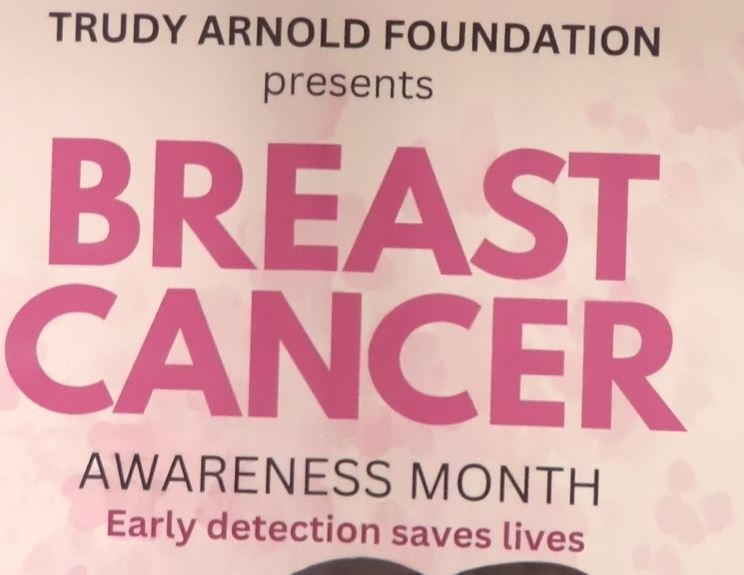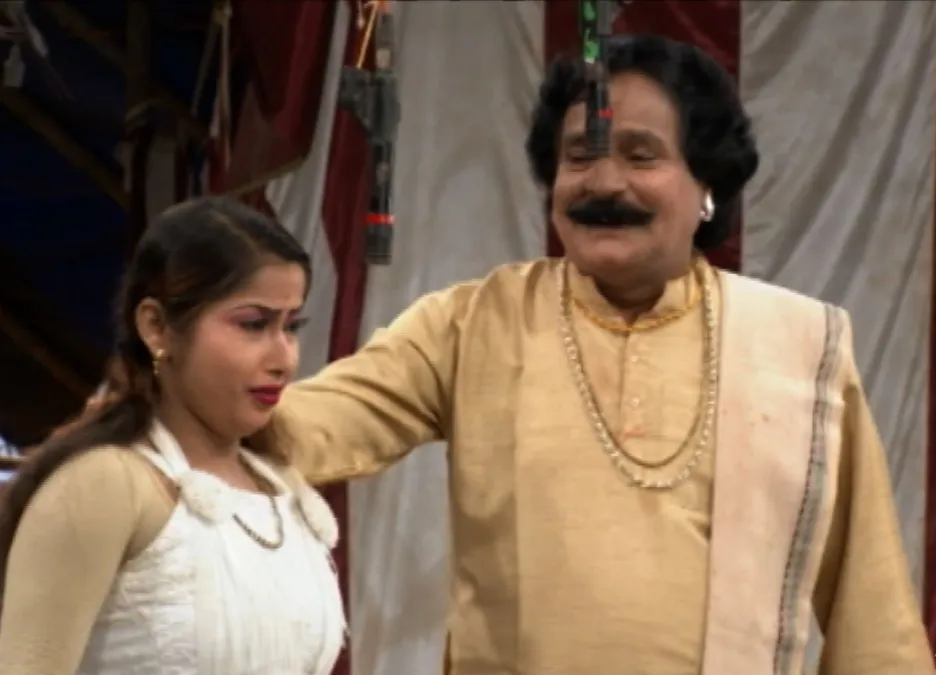Copyright berkshireeagle

LENOX — It was a chilly, drizzly fall day on the Farmington River, and the blue-winged olive mayflies were hatching. After catching a satisfying number of trout, I walked back to my car to head home. As I was climbing out of my waders, the man fishing near me arrived at his vehicle, turned to me and uttered my favorite five words in the English language: “What fly were you using?” I extended my fly rod toward him so he could inspect the fly dangling from the rod tip. In that way, he would not invade the 6-foot bubble that was supposed to protect me from a potentially lethal infection. It was 2020; six months earlier, the World Health Organization had declared COVID-19 a global pandemic. Shortly thereafter, everything shut down. There was no vaccine and no effective antiviral treatment. I was in my 70s, an age at which getting COVID would put me at high risk of ending up in the hospital or in the morgue. So I was careful about maintaining social distance from others (except my wife, Alba) and masking when indoors with strangers. These precautions were not difficult for Alba and me. The grocery store near us took our food orders over the phone, boxed them up for us, and handed them to us at the entrance. We were both retired and enjoyed outdoor activities close to home. Alba did long-distance running with a group of other women, and I had my fishing, which is a fairly solitary pursuit. Fly-fishing is always done a safe distance from other anglers because you mustn’t cast to fish another person is trying to cover. Of course, my friends and I no longer carpooled to the river. During the pandemic, we did notice more people fishing than before. Fishing license sales in Massachusetts rose by 13.5 percent in 2020 compared with 2019. In the spring of 2020, people were looking for other fun and safe outdoor activities such as kayaking, canoeing and floating down the river. Only once did any of this interfere with my fishing. It was during the hatch of the large mayflies called Hendricksons — the first major hatch of the spring — and I wanted to be in the pool I planned to fish before it was occupied by other anglers. I waded in and waited for the hatch to start. Then I noticed a veritable armada of teenagers floating toward me in inner tubes. They were not in school because the schools were closed. One of them, a young woman, had lost control of her tube and was floating right at me. When the tube was within my reach, I pushed it back to the main current so she could rejoin her friends. Then, to my horror, I realized she had been well within my 6-foot space. Our close encounter had lasted only a few seconds, so even if she had been infected, the chance of my acquiring COVID was very small. But with a lethal virus and no treatment or vaccine, even a slight risk was worrisome. Just then, I noticed Hendricksons on the water and saw a few rises. I cast my fly to the fish rising nearest me and soon had a brown trout of about 12 inches in my landing net. All thoughts of the virus vanished. Isn’t this why we fish? I’m very fortunate to live within an hour or so’s drive of some good trout streams. I could fish and hike while others put themselves at risk so we could buy food and other essentials. As a retired physician, I felt admiration for my former colleagues and all the other health care workers who cared for COVID patients in hospitals. Sometimes I regretted not being with them on the front lines. I read all I could about COVID in the medical literature. Occasionally, a former patient or friend would ask me questions about the virus, so I felt a responsibility to keep up to date with the rapidly expanding information. Also, I was chairman of the committee to formulate COVID policies for my synagogue. I knew that no matter what policies we put forth, we would get pushback, so I’d better have the data to back us up. In a way, it was enjoyable. I mean, how often does an old doc get to learn about a whole new disease? My only trout fishing requiring air travel was yearly trips with my friend Larry in early September to the Crowsnest Pass area of southwest Alberta. By 2020, we had been going there for 18 years, staying at the same bed and breakfast each time. The owners, Becky and Jerry, are about our age, so we’ve watched a whole generation of their kids grow up and have their own kids. We were treated almost like family. The rivers in that gorgeous area and in the Elk River Valley just across the border in British Columbia are among the best native cutthroat trout rivers in North America. We knew them as well as the rivers near our homes — kind of like second home waters. In the same way, Becky and Jerry’s home was like our second home. We looked forward to the trip every year, but in 2020, we weren’t sure we wanted to go to airports and be on planes where we would breathe the exhaled air of a couple hundred strangers. That issue was resolved when the Canadian government prohibited Americans from entering Canada for nonessential business. I’ve always thought fishing was an essential business, but the Canadians didn’t agree. That would have been Larry’s last trip to Alberta because, sadly, he died in 2021. I still make the yearly pilgrimage to Alberta and always dedicate the first trout to Larry. The COVID vaccine became publicly available by January 2021, and Alba and I volunteered at local vaccine clinics. I was assigned to greet vaccine recipients and ask them about their health. Having practiced internal medicine for 40 years, I figured I’d be pretty good at asking people about their symptoms. We knew many of the other volunteers, so these clinics provided the only opportunity for socializing in those days. As volunteers, we received the vaccine earlier than we otherwise would have. Fully vaccinated, I felt comfortable going on a bonefishing trip that April to North Andros Island in the Bahamas with my friends Alan and Herb. This would be our third visit to North Andros Lodge, a small house owned by guide Philip Rolle. Philip had the jovial, laid-back personality typical of the Bahamian out islands, and he knew more about the habits of bonefish than any ichthyology Ph.D. Philip had not been vaccinated, as most of the vaccine went to Nassau, where 80 percent of Bahamians live and where almost all the tourists stay. We didn’t worry, though, since our contact with Philip would always be outdoors. He was a joy to fish with. We laughed a lot and caught lots of bonefish. But when I called our outfitter later that year to book the following year’s trip, I received sad news. North Andros Lodge was closed because Philip and his wife had died of COVID a few months after our visit. On May 5, 2023, the World Health Organization declared an end to the public health emergency due to COVID. Of course, the virus is still with us and can still cause serious illness and death. At my age, I will keep up to date with vaccinations and take other measures to stay healthy. So next March, my friend Roger and I have an appointment with Dr. Bonefish in the Bahamas.



